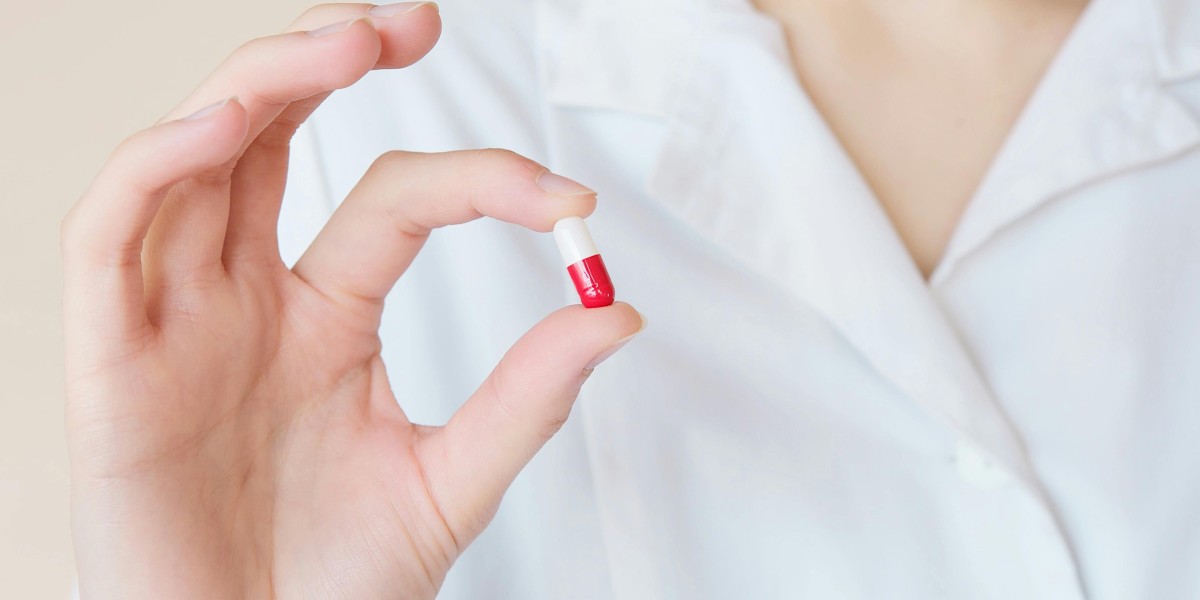In the dynamic world of healthcare, pharmaceutical packaging stands as a critical component bridging the gap between medication production and patient consumption. Far from being merely a vessel for pills, pharmaceutical packaging solutions play a multifaceted role in ensuring medication safety, efficacy, and accessibility. Let's explore the significance, evolution, and impact of pharmaceutical packaging in modern healthcare.
Significance of Pharmaceutical Packaging Solutions
Pharmaceutical packaging serves as the first point of contact between patients and medications, making it a crucial determinant of treatment adherence, safety, and overall patient experience. Beyond containment, packaging serves several essential functions:
Protection: Packaging safeguards medications from environmental factors such as light, moisture, and air, which can compromise their stability and efficacy. It also shields them from physical damage during handling, transportation, and storage.
Information: Packaging provides essential information to patients and healthcare providers, including dosage instructions, expiration dates, contraindications, and safety warnings. Clear labeling and instructional materials contribute to safe medication use and adherence to prescribed regimens.
Compliance: Child-resistant packaging and tamper-evident features help prevent accidental ingestion and unauthorized access to medications, particularly for products with a high risk of misuse or overdose.
Accessibility: Packaging design considerations, such as ease of opening and handling, accommodate patients with diverse needs, including those with limited dexterity or visual impairments. Patient-friendly packaging promotes independence and enhances medication adherence.
Evolution of Pharmaceutical Packaging Technologies
The evolution of pharmaceutical packaging technologies reflects advancements in materials science, engineering, and regulatory standards, driving innovation and continuous improvement in medication delivery systems. Key developments include:
Smart Packaging: Integration of intelligent features such as RFID tags, QR codes, and near-field communication (NFC) chips enables real-time tracking, authentication, and monitoring of medication usage, facilitating medication adherence and supply chain management.
Sustainable Packaging: Growing environmental awareness has spurred the development of eco-friendly packaging materials, biodegradable polymers, and recyclable packaging solutions. Sustainable packaging initiatives reduce the environmental footprint of pharmaceutical products and contribute to corporate sustainability goals.
Advanced Drug Delivery Systems: Packaging innovations extend beyond containment to include drug delivery systems such as transdermal patches, inhalers, and pre-filled syringes. These devices offer precise dosing, improved bioavailability, and enhanced patient convenience compared to traditional oral dosage forms.
Personalized Packaging: Tailored packaging solutions accommodate individual patient needs and preferences, incorporating features such as customizable dosing schedules, medication reminders, and integrated adherence support tools.
Impact on Healthcare
Pharmaceutical packaging solutions have a profound impact on healthcare delivery, patient outcomes, and public health initiatives. Some notable contributions include:
Medication Safety: Robust packaging designs, including child-resistant closures and blister packs, mitigate the risk of accidental ingestion and medication errors, particularly in pediatric and geriatric populations.
Counterfeit Prevention: Anti-counterfeiting measures such as holographic labels, serialization, and track-and-trace technologies protect against counterfeit medications and ensure the integrity of the pharmaceutical supply chain.
Patient Engagement: Interactive packaging features, such as mobile apps, augmented reality, and patient education materials, empower patients to take an active role in managing their health conditions, fostering engagement and adherence to treatment regimens.
Global Access to Medicines: Packaging innovations address logistical challenges and infrastructure limitations in underserved regions, enabling the safe and efficient distribution of essential medications to remote communities and low-resource settings.
Future Outlook
Looking ahead, the future of pharmaceutical packaging is characterized by ongoing innovation, collaboration, and adaptation to emerging trends and challenges. Key areas of focus include:
Digital Integration: Greater integration of digital technologies, including Internet of Things (IoT) sensors and artificial intelligence (AI), will enable real-time monitoring of medication adherence, patient feedback, and supply chain optimization.
Personalized Medicine: Advances in personalized medicine and genomic profiling will drive the development of customized packaging solutions tailored to individual patient profiles, genetic markers, and therapeutic requirements.
Regulatory Compliance: Continued emphasis on regulatory compliance and quality assurance will drive the adoption of serialization, traceability, and serialization standards to ensure product safety and transparency throughout the supply chain.
Sustainability Initiatives: Industry-wide initiatives to reduce packaging waste, minimize carbon emissions, and promote circular economy principles will shape the development of eco-friendly packaging materials and sustainable packaging practices.
In conclusion, pharmaceutical packaging solutions play a pivotal role in modern healthcare by ensuring the safety, efficacy, and accessibility of medications. Through continuous innovation and collaboration, the pharmaceutical packaging industry will continue to evolve, driving positive changes in medication delivery, patient care, and public health outcomes.













